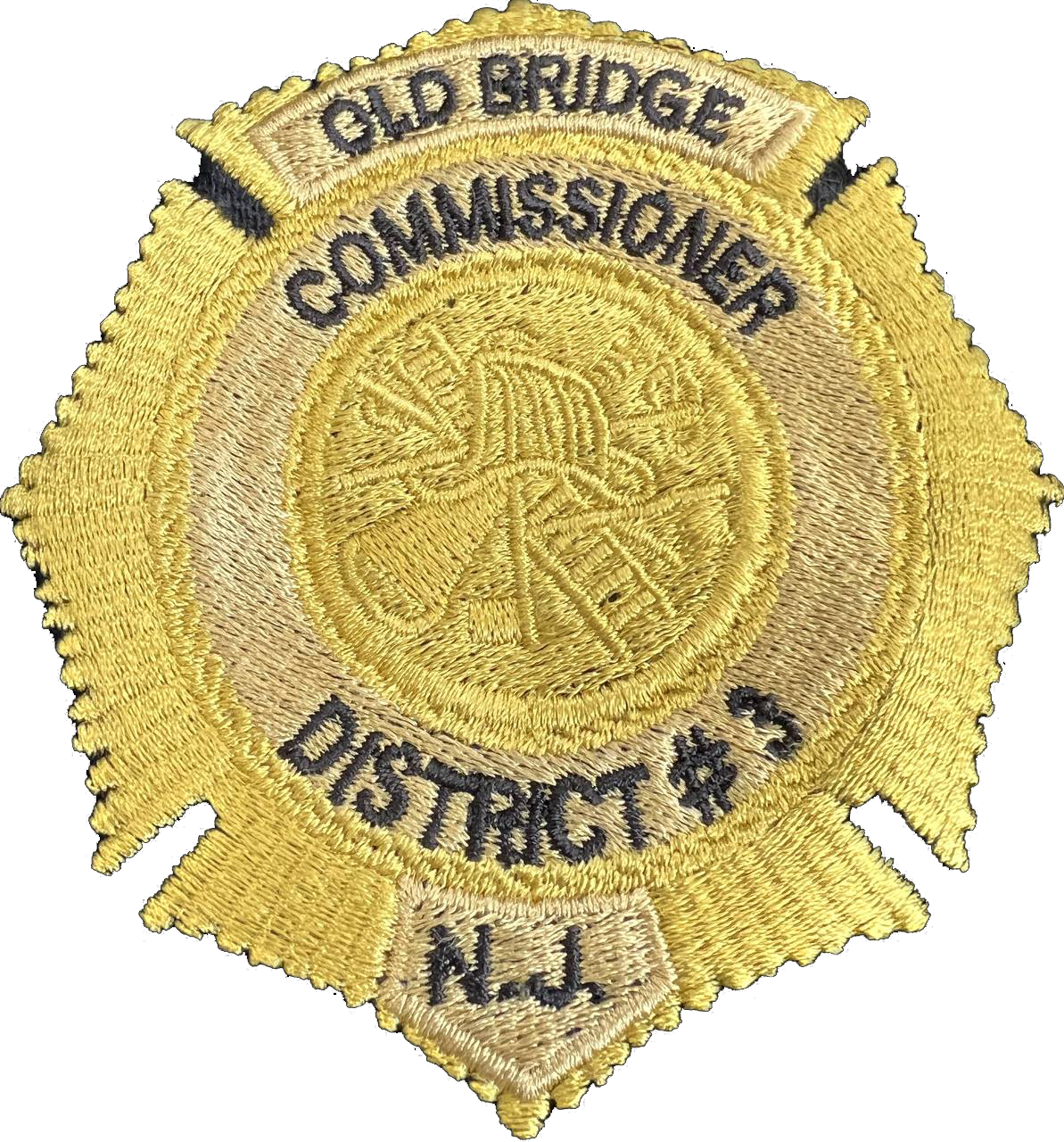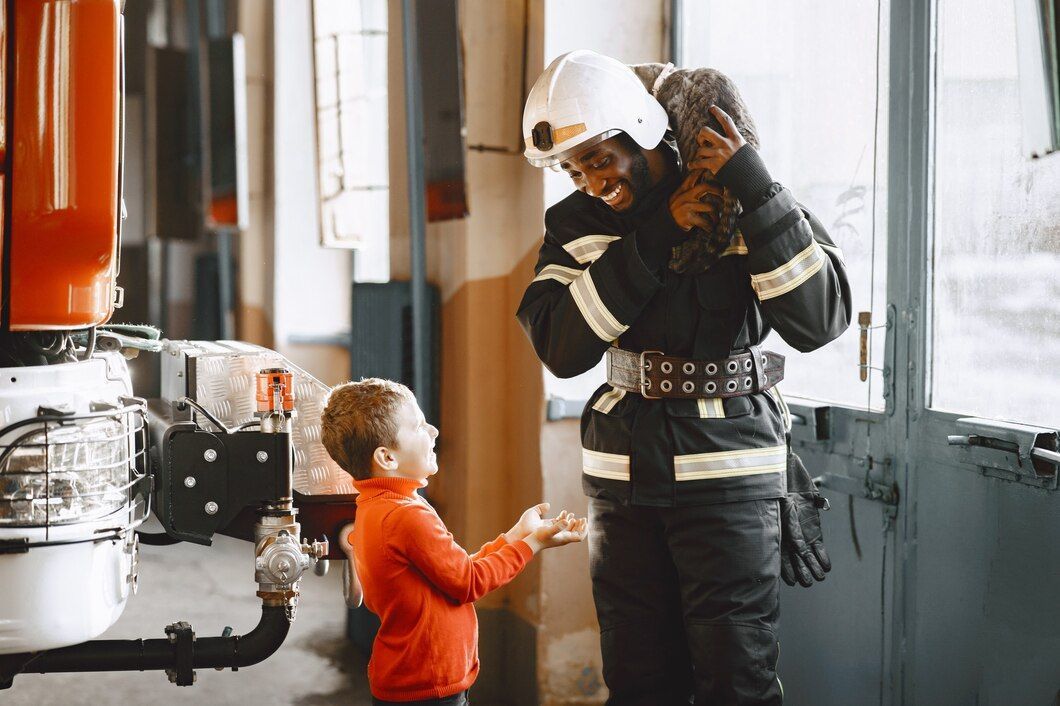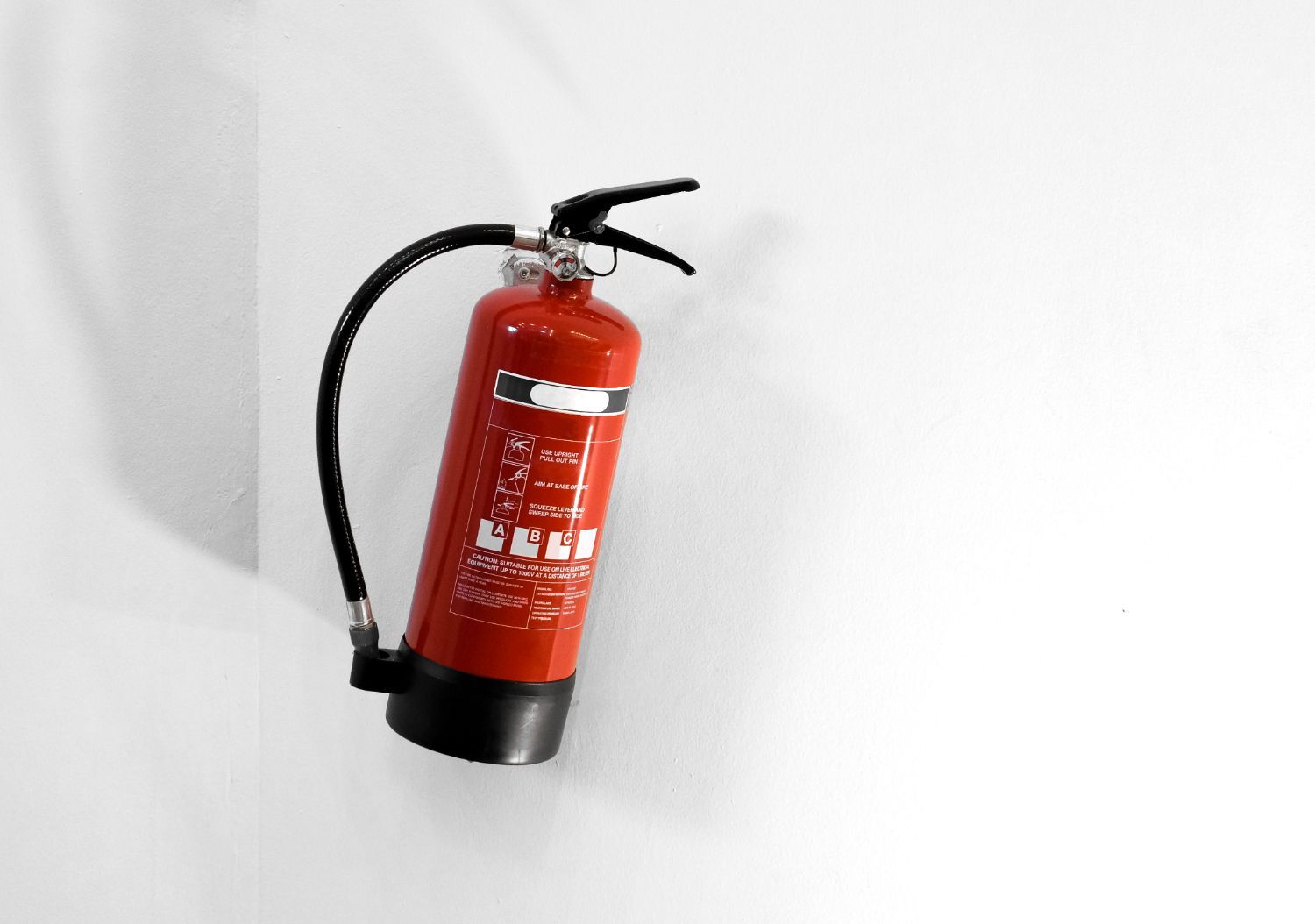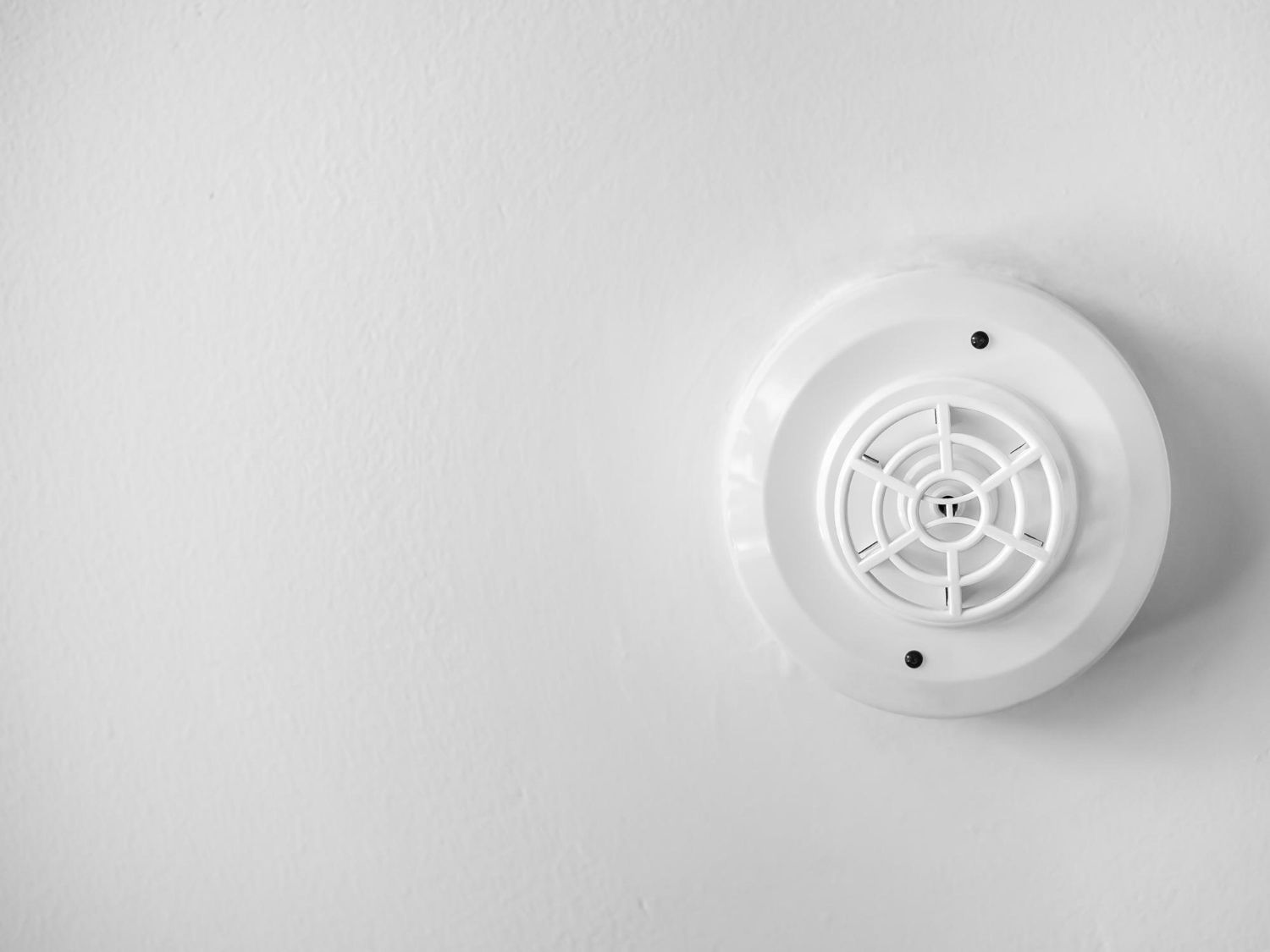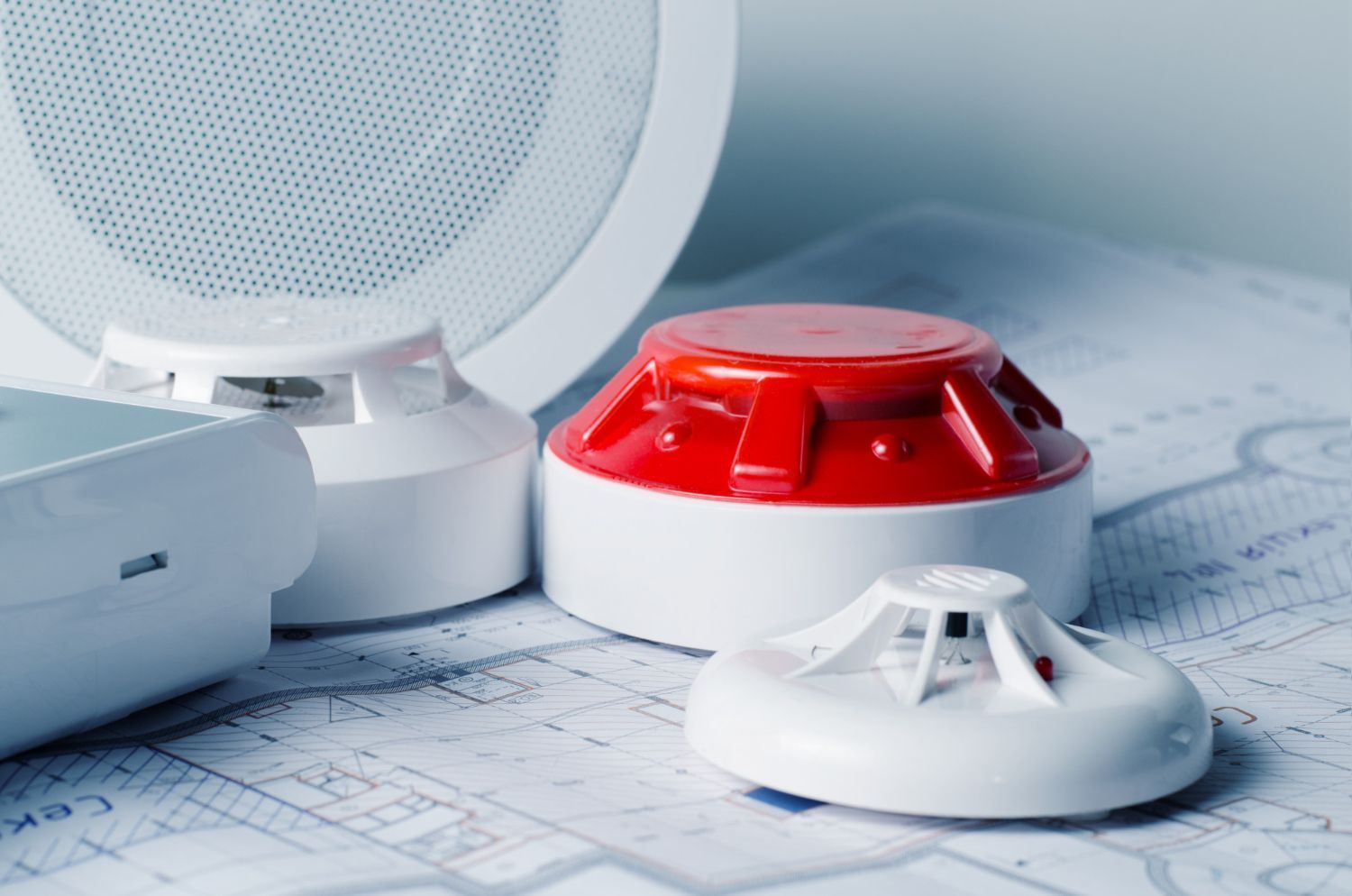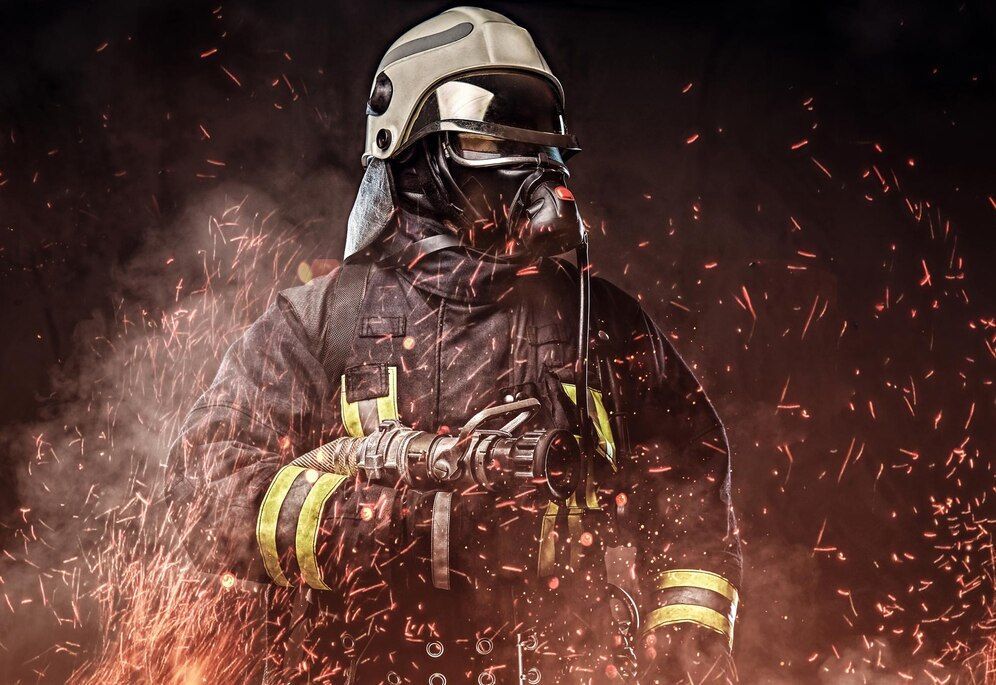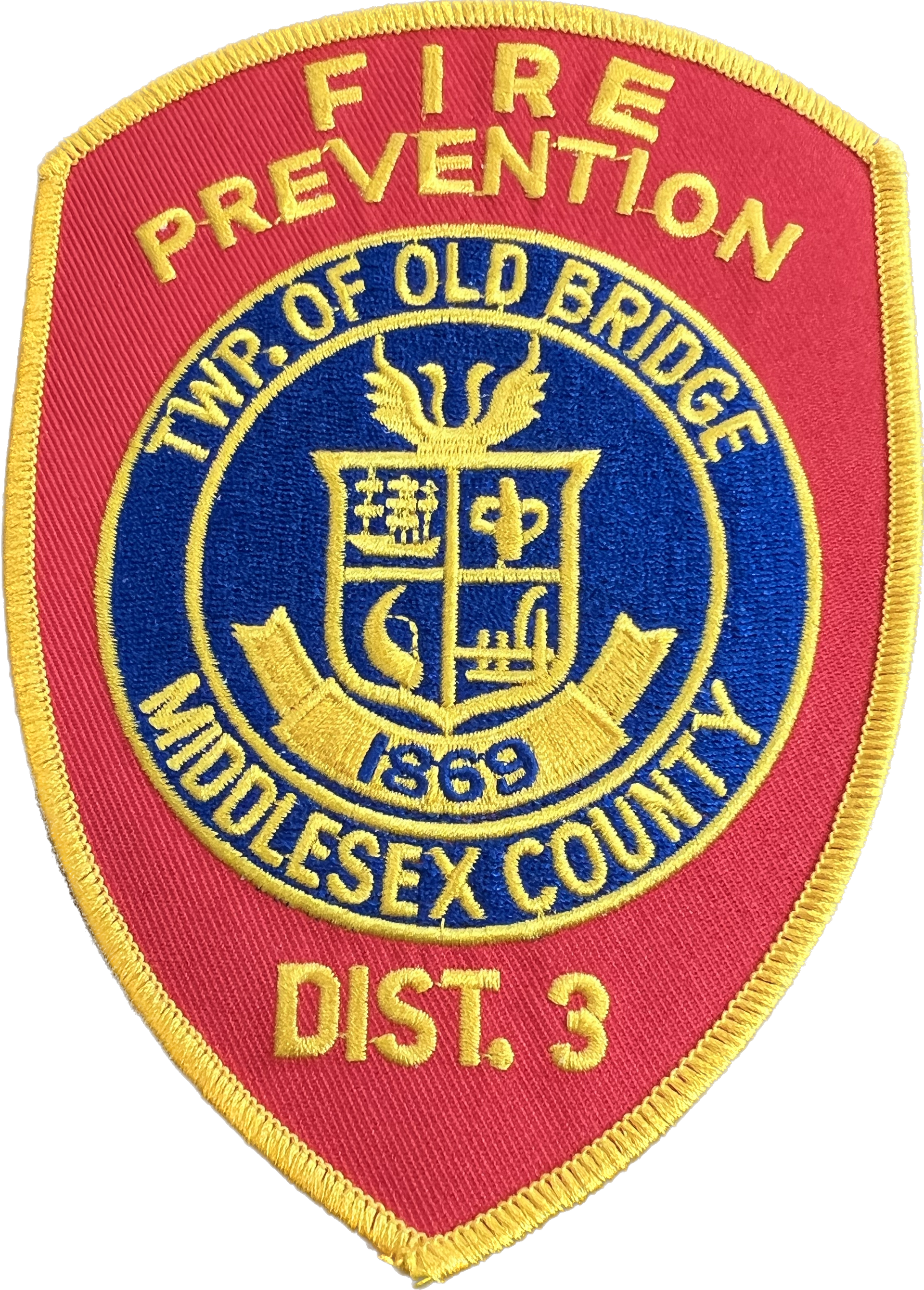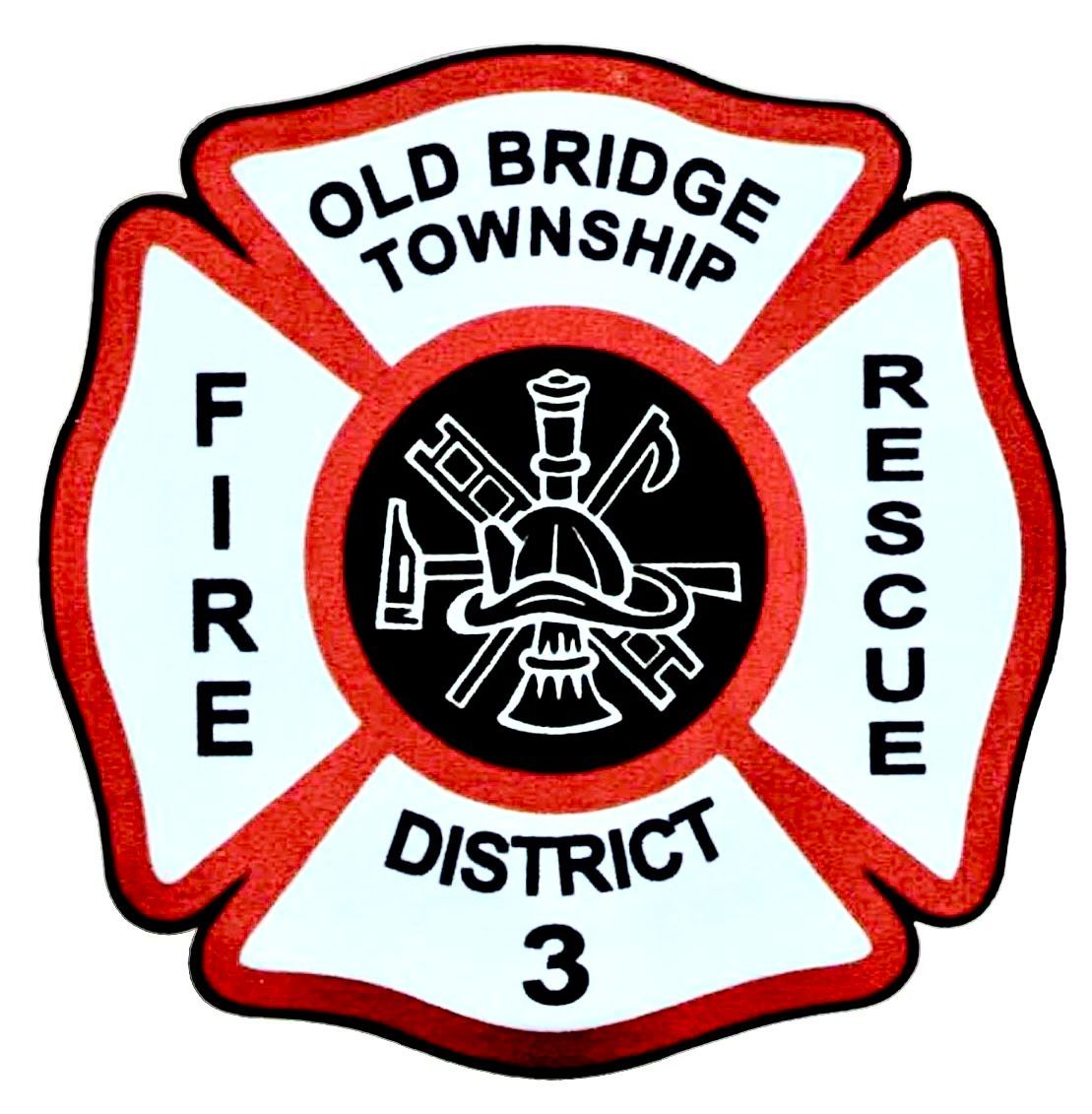Understanding the Different Types of Fire Extinguishers for Homes
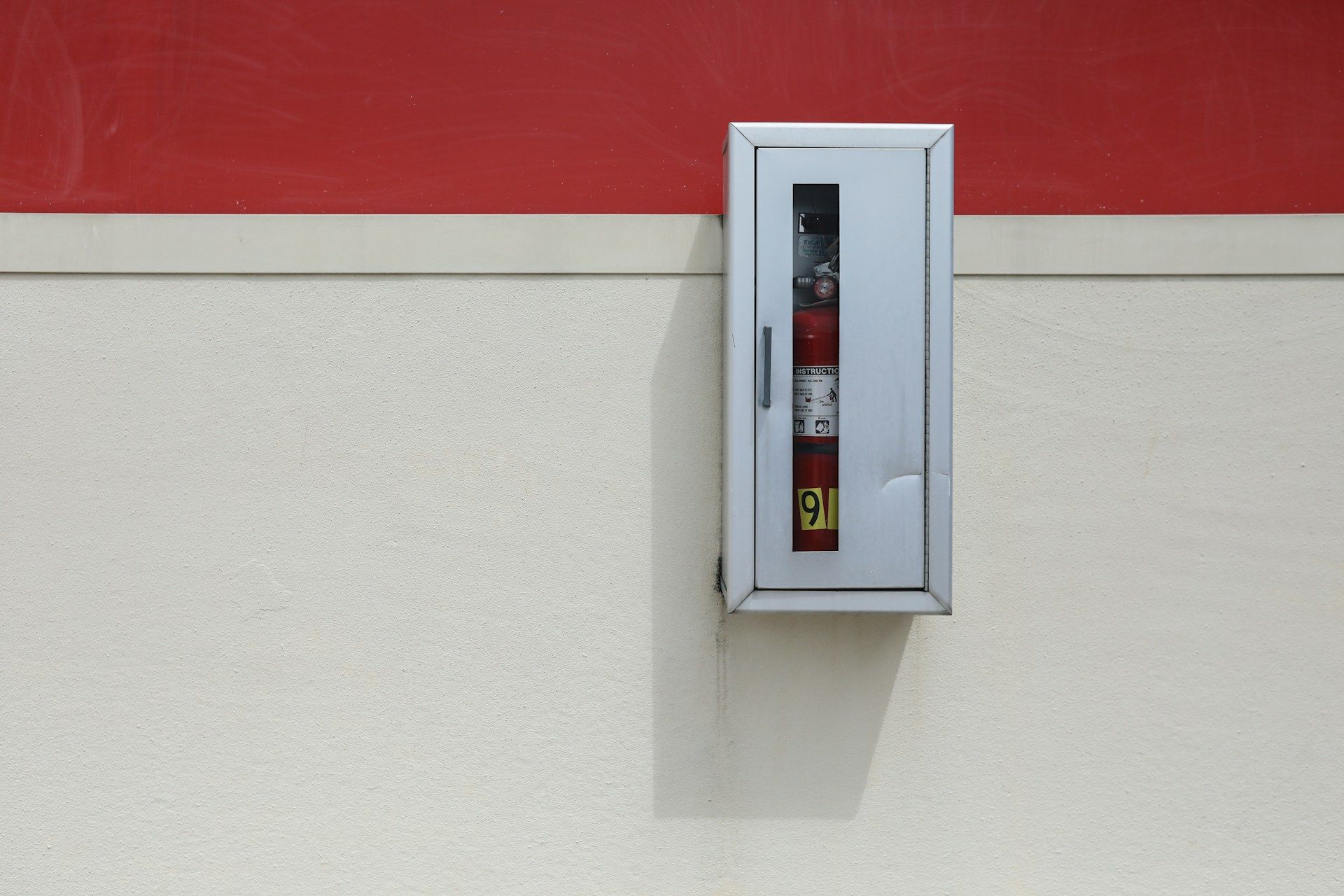
Welcome to our comprehensive guide on home fire extinguishers. Understanding the different types of fire extinguishers is crucial for ensuring your home’s safety and preparedness in case of a fire. Each type is designed to tackle specific classes of fires, and knowing which is the most suitable for the various areas of your home can significantly enhance your ability to respond effectively to emergencies.
Fire extinguishers are not just mandatory safety tools; they are your first line of defense against the devastation that fires can cause. Proper selection, placement, and maintenance are paramount in enhancing their efficiency. In this guide, we’ll introduce you to the diverse range of fire extinguishers available, essential tips on how to use them safely, and how to keep them in ready condition.
With our focus on practical and actionable advice, you'll gain the knowledge needed to make informed decisions about protecting your home from fire-related incidents. Let's empower ourselves with the right tools and knowledge to ensure our homes and families remain safe.
The Basics of Fire Extinguishers: Understanding the Different Types
A fire extinguisher is not just a red canister mounted on the wall—it's a crucial tool that can save lives and property by putting out a fire before it gets out of control. Understanding the different types of fire extinguishers and their applications is vital for everyone in our community. Essentially, there are several classes of fire extinguishers designed for various types of fires: Class A for ordinary combustibles like wood and paper, Class B for flammable liquids like oil and gasoline, Class C for electrical fires, and Class D for metal fires. Additionally, there's a multipurpose extinguisher, often labeled as ABC, that can handle most fires involving ordinary combustibles, flammable liquids, and electrical equipment.
It's crucial for us to choose the right type of fire extinguisher for our homes or workplaces because using the wrong type on a fire can be ineffective and might even exacerbate the situation. For instance, using a water-based extinguisher (Class A) on a grease fire (Class B) can cause the fire to spread. We educate our community members about these differences and encourage them to read the labels carefully when selecting an extinguisher for their specific needs.
Where to Place Fire Extinguishers Around Your Home
Strategic placement of fire extinguishers in your home can be as critical as having them in the first place. We recommend installing fire extinguishers on every level of your home, especially in high-risk areas. The kitchen, being a common site for fires due to cooking, should have an extinguisher readily accessible but not so close to potential fire sources like stoves or ovens where it could be unreachable in an emergency. Ideally, place it near an exit or in a fixed location that all family members know about.
Other critical areas include the garage, where we often store flammable materials and operate heating equipment, and near any fireplaces or other areas in the home where open flames are used. It’s also wise to have one in the hallway outside sleeping areas. Our team always stresses the 'within reach, out of reach of fires' approach, meaning the extinguisher should be easy to access quickly without having to get too close to flames. Regularly review the placement of extinguishers as part of your home safety audits to ensure they are in the most effective locations and not blocked by furniture or other obstacles.
How to Use Different Types of Fire Extinguishers Safely
Using a fire extinguisher correctly can be the difference between a minor incident and a devastating fire. We teach our community that the first step is to always assess the situation safely to ensure it’s something a fire extinguisher can handle; for larger fires, the priority should be to evacuate and call 911. Assuming the fire is manageable, we advocate using the PASS technique: Pull, Aim, Squeeze, and Sweep. First, pull the pin to break the tamper seal. Next, aim low, pointing the extinguisher’s nozzle or hose at the base of the fire. Then, squeeze the handle to release the extinguishing agent. Finally, sweep the nozzle from side to side until the fire is completely extinguished, watching carefully for any re-ignition.
We also emphasize the importance of choosing the right extinguisher for the type of fire—using a water extinguisher on a grease fire can cause flames to spread. Fire extinguisher use can be intimidating, but with the right training and precautions, it’s an accessible and crucial skill for all family members capable of handling the equipment to learn.
Maintenance Tips for Keeping Your Fire Extinguishers Ready
Maintaining your fire extinguishers is crucial to ensure they function when you need them most. Regular maintenance involves simple checks: ensure the extinguisher is accessible, the seal is intact, the pressure gauge shows a full charge, and there are no visible signs of damage or corrosion. Every month, we encourage homeowners to inspect their extinguishers and record the findings.
Furthermore, it’s essential to have your fire extinguishers professionally inspected annually. This check is more thorough, ensuring all parts function properly and the chemical contents are effective. For units more than six years old, a hydrostatic test is recommended to test the extinguisher cylinder’s integrity under pressure. Following these maintenance steps helps us all ensure not just the functionality but also the reliability of the fire extinguishers in our homes.
Final Thoughts
Keeping your home safe from fires involves more than just installing smoke alarms and keeping fire extinguishers on hand. It requires understanding the correct types of extinguishers for different situations, knowing where to place them, and learning how to use them properly. Just as importantly, routine maintenance ensures that these critical tools perform as expected in an emergency.
At Board of Fire Commissioners, Fire District 3, Township of Old Bridge, we are committed to educating our community about fire safety and ensuring that every household has the knowledge and resources to protect themselves from fire hazards. If you have any questions or need assistance with
fire safety planning, don't hesitate to reach out to us. Working together, we can keep our homes and loved ones safe.
